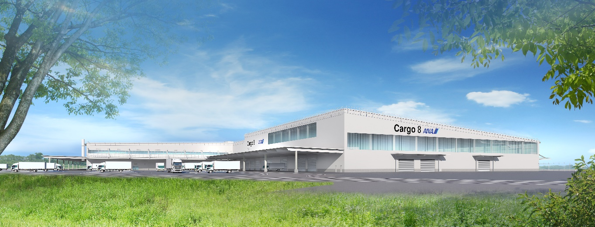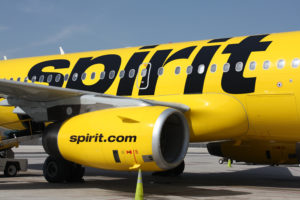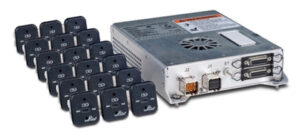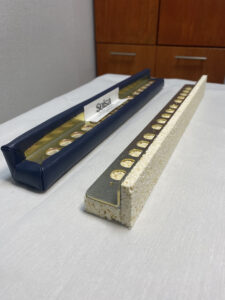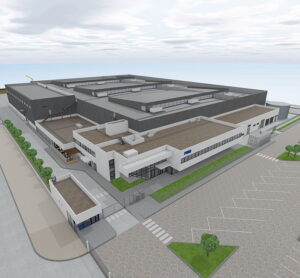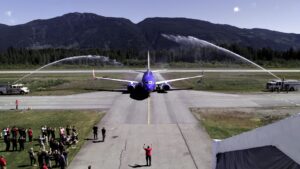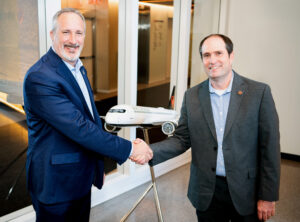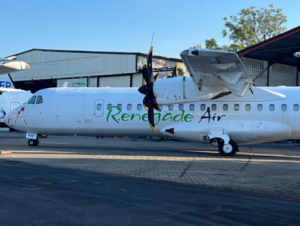Narita International Airport (NAA) has unveiled plans to construct Cargo Building No. 8, a pivotal addition to Narita International's Airport's Cargo Terminal Area. Scheduled to commence operations in October 2024, this new facility just outside Tokyo, Japan, will be leased by ANA and is poised to become ANA's largest cargo warehouse, covering an expansive area of approximately 61,000 m², with the warehouse itself comprising around 38,000 m².
In response to escalating cargo transportation demands, ANA has been operating across six separate cargo warehouses at Narita Airport. To better cater to future requirements, ANA will streamline its cargo operations by consolidating them into two proximate locations: the existing Cargo Building No. 7 and the upcoming Cargo Building No. 8. This strategic move will enhance operational efficiencies, ensure ample space, and elevate cargo handling standards.
NAA and ANA jointly aim to leverage Cargo Building No. 8 to bolster Narita Airport's status as a pivotal Asian gateway, thereby augmenting the international competitiveness of cargo movements to and from Japan. The consolidation of warehouses will streamline cargo delivery processes, enabling all cargo operations to be conducted within a single warehouse. This innovative approach will significantly reduce connection times for cargo between Asia and North America, ultimately enhancing the convenience and efficiency of cargo transportation across these regions.
Furthermore, ANA's commitment to quality is underscored by its previous attainment of IATA's CEIV Pharma certification in 2017 and CEIV Fresh certification in 2023. The airline is further expanding its capabilities by enhancing facilities for the storage of animals and valuables, catering to a diverse range of transportation demands.
To optimize the newly acquired warehouse space, ANA will deploy automated unit load device (ULD) racks and expand cargo storage capacity. This strategic automation will not only elevate operational quality but will also reduce labour requirements, ensuring a seamless and efficient cargo handling process.

